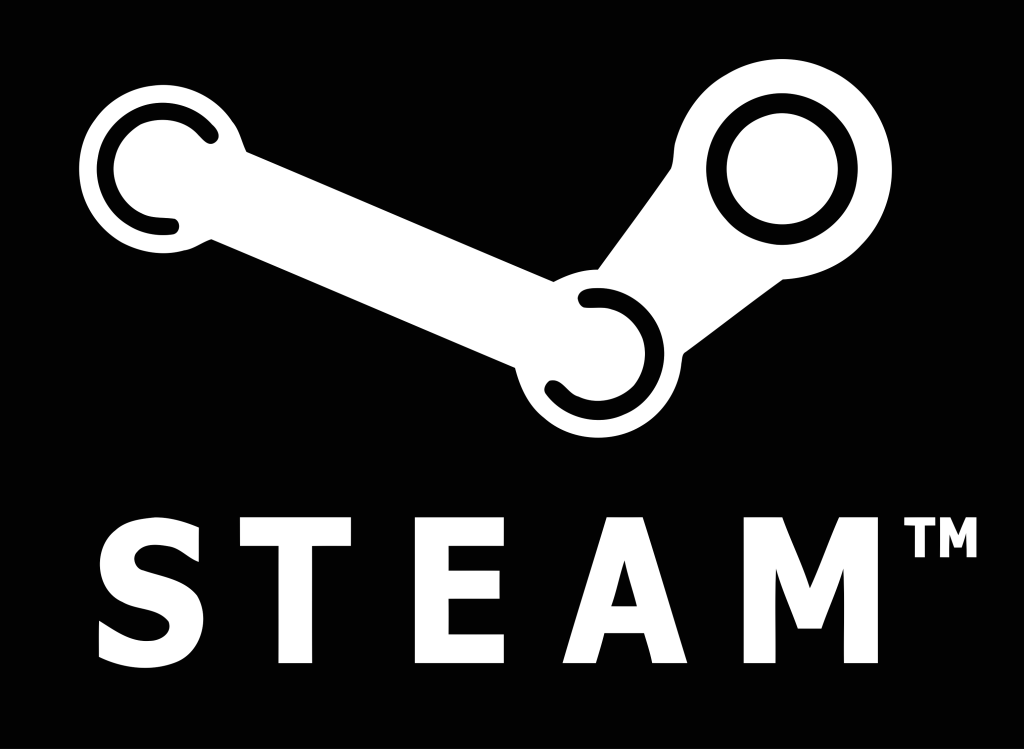14,532. That’s how many games were released on Steam last year, a staggering number that is also a significant increase over 2022.
The news comes by way of SteamDB, a great site that tracks behind the scenes data on Steam and makes it readily available. 2022 saw 12,561 releases, around 2,000 fewer than 2023.
Generally speaking, Steam’s releases have been increasing every single year since 2013, climbing up by around 1,000-3,000 news games for every revolution around the sun. The only exception was 2019 where there were actually fewer releases than 2018.
And since 2024 began just 5 days ago at the time of writing, another 149 titles have appeared on Valve’s platform. If that pace keeps up, 2024 will end with yet another increase.
Of course, among those 14,000+ games have been a slew of high-quality titles like Baldur’s Gate 3, which won Steam’s own Game of the Year award, Dave the Diver, Hi-Fi Rush and hundreds more.
However, Valve has also received plenty of criticism over the years for its policy on curation, or more precisely, it’s lack of curation. A lot of what gets released on Steam is low-quality tat selling for just a few dollars, and some of it doesn’t even work, though Steam’s refund policy at least mitigates the risk.
All of this kicked off when Steam launched its Steam Greenlight program. The idea was that a would-be developer would have to pay a $100 donation (which went to charity, not Valve) and could then put their products on the platform. The small fee was meant to act as a barrier to help dissuade the chaff, and then the Steam community itself would have to vote on whether a game should be “greenlit” and allowed on Steam.
Needless to say, it didn’t work very well. In the years following the Greenlight program there was a surge in games being released, and developers found ways to falsify votes to get their shovelware onto the platform. Whole schemes based around making money from the trading card system appeared, too.
In 2017, Valve overhauled Greenlight and turned it into Steam Direct. The $100 fee remained but now it would have to be paid for every single game a developer wanted to list. The community-based voting system that proved so easily fooled was replaced by a new system where developers would have to submit tax information, identification and more.
This did help weed out some of the people trying to make a quick buck from minimal effort, but it hasn’t stopped the influx of publishing labels pumping out dozens and sometimes even hundreds of disappointments a year, a number that would even rival your mum. Sorry, I couldn’t resist.
The argument is that with so many games arriving on Steam every single week (around 279 games per week on average in 2024) it makes shopping on the platform harder. Finding any game of at least decent quality is difficult when you have to trawl through what feels like an endless sea of barely functional chaff and games that look like they were put together in five minutes using Unreal Engine store assets.
In a way, Steam has attempted to enlist the aid of its own community to curate the stream of games. The Steam Curators system was designed so that a person, group or community could filter out the garbage and help users find the kind of games they have been looking,
It’s sort of like venturing into a supermarket with the goal of getting a tin of baked beans. There are a couple of good quality makes out there, but in this instance there’s also hundreds of other tins of baked beans on the shelves, some of which are just mediocre, some of which have a bunch of sawdust mixed in, and some of which contain a single bean and a dollop of sauce. Hell, some of them aren’t even functional cans. Worse still, they are all mixed together, so to find something edible it’s going to take a bit of searching.
The counter argument, of course, is that Steam is simply a marketplace with an endless amount of shelf space. It isn’t their job to curate what can be bought and everyone should be free to release their game regardless of quality or content, provided it makes at least some basic standards i.e. works. Sadly because so many games do get releases, Valve can’t even maintain that low-level of expectation, but that’s another argument for a different day.
Both arguments hold merit, and I honestly don’t know if there’s a right or wrong answer. Without any curation people will inevitably wind up buying horrendous products that barely function, simply trusting that because it’s on Steam it should at least be a working product. On the other hand, curating thousands of games would take a massive amount of manpower, and who knows what hidden gems might not get through the net even when they deserve to?
What do you think?





